
Loneliness springs from a number of sources. It can be the product of emotional or mental illness. For such symptomatic loneliness – beyond personal control – treatment is readily available. But loneliness – aloneness – can also be a consequence of individual choice. For example, the artist who chooses aloneness so as to fulfill one purpose and one purpose only: To make art. It is this self-inflicted – immensely problematic – aloneness of which I write. This category of loneliness – subject to personal control – can’t be cured with Prozac or Paxil. The only “cure” is for the artist to make a different choice. Sounds easy enough. Why not simply concede this aloneness? Because to do so may be in diametric contradiction to the artist’s raison d’etre, and, once surrendered, may lead to a sacrificing – or even forgoing – of this single purpose. It is possible for an artist who has chosen aloneness as a condition of creation to avoid this thorny issue, but those with family obligations, like me, are unlikely to escape it.
In the song, “Finishing The Hat”, from the 1984 Broadway musical “Sunday In The Park With George,” this subject is intimately and passionately examined. The song is poignant and heartrending. (I first heard it performed by Mandy Patinkin, which explains, in part, my irrepressible sobbing, sniffling, and nose-blowing. The other part of the explanation is the exquisite empathy it stirred in my soul.) The song begins with George (the protagonist, based on the painter Seurat) sitting in a park, madly sketching. He’s alone except for a prop dog made of wood. The lyrics express how he has to “finish the hat” – his drawing. (The hat, of course, is metaphor for whichever piece the artist is currently creating – a painting, a drawing, a poem, a book, et al.) He sings about the artist “entering the world of the hat.” It’s a private world, with only enough room for the hat and the artist. No one and nothing else is permitted entry. He sings about the artist watching the rest of the world, as through a window. It is a world that the artist will always be separate from – because living in the world of the hat will always keep him apart. He emotes about the rapture of finishing the hat – of being “dizzy from the heights.” “Look I made a hat! Where there never was a hat!” (The artist’s work: To create something from nothing – so simply, so inscrutably . . . so perfectly defined!) And then, reconciled, George avows that his single-minded concentration has alienated him from those he most cares about, and acknowledges that he will forever lose the woman he loves because he will always be too late – too late returning to her – coming back from the world of the hat. And yes, he may wish she would stay – wait for him, but he knows she will not. He cannot give her what she needs. He is alone.
I understand. As a writer, aloneness and I are close and constant companions. Yet, I know it’s a double-edged sword – and as such I am both devoted to it and disquieted by it. So disquieted, in fact, that I spent many years trying to escape it. During those years I chose compromise. I wrote at home; I wrote in an office not far from home. I worked 9 to 5, more or less – going to and coming from work in sync with the majority. Instead of spending evenings and weekends writing – alone with the internal narrative in my head – a narrative incessantly whispering the secrets of invented characters and conspiracies – I spent time with real people, in real conversation. It worked a bit: I managed to produce some. But, frankly, it never worked well. Because once that door – the door leading into the world of the hat – a world where gossamer thoughts and nascent ideas can, in measure, become hard-wearing – once that door is cracked, the whole raucous outside world comes jangling in. And when that happens, the world of the hat spills out, and soon all those inchoate whisperings are drowned in a cacophony of noise! (Oh, the noise! When asked what the orchestra should play while he was dining at a posh London restaurant, George Bernard Shaw replied fittingly “dominoes.”) Plucked from the world of the hat and plopped back into the stuff of life, I quickly found myself so preoccupied with that stuff – small, medium, and large – that I got lost. And it sometimes took weeks, or even months, for me to find my way back. Eventually I could escape no longer. And so, I came face to face with the agonizing truth: If I chose to write, I had to be alone. The only other option was to forgo my work. The choice could not have been more crystalline – nor could my election: I chose aloneness.
During the writing of my next book, I went away. I cut myself off from the world. I took a hiatus from ongoing commitments. I postponed or canceled both near-term and long-term plans and obligations. I said no to friends and family. It was as radical as an amputation – and expressively unsettling. I had doubts. A debate commenced – intellectual and philosophical – methodical and illogical – passionate and persuasive – between the writer and the other roles I embraced in my life – wife, mother, friend, community member. Yet, even this noise I held in check. I was resolute – no matter the decibel – I would not be distracted from my purpose. I anticipated a six month seclusion. Six months turned into two years.
As it turned out, my aloneness needed a collaborator: discipline. And not just any ordinary discipline: military-style discipline. Thus, I instituted a rigid and brutal schedule. My every activity was charted – day by day, minute by minute. I went to bed and arose at set times. I ate meals – breakfast, lunch, and dinner – no snacking – at appointed times. I wrote, took breaks, exercised, and bathed on a timetable. And I also took a compulsory day off from work. These conditions were absolute, because, as I would quickly discover, if I deviated from the drill – even one tiny bit – everything, but everything went straight to hell. (At one point I considered that such inflexibility might be an indication that something was seriously wrong with me. Had I contracted OCD? I decided to add this to the long list of concerns waiting to be addressed once I finished my book.) Within a short period of time the aloneness and discipline started to pay off. I was writing. And although the work was tough – complicated storylines with complex characters, written in a four-part, first-person narrative – I had done it. I was in the world of the hat!
Life inside the hat . . . it was a wonder. Just as the depths which we experience one emotion is in equal measure to the heights which we experience its opposite, so it was. The unyielding restrictions I had imposed with regard to isolation and discipline were in exact intensity to the boundless freedom I encountered. Relieved of the weight of the outside world and the daily bombardment of routine decision-making, I was creatively unfettered, unguarded, vulnerable, open, spontaneous, and unstoppable. Day by day I became more concentrated, immersed. I also became fearless – not just re-working, but deleting words, sentences, paragraphs, entire pages – if they weren’t working – if they weren’t perfect. Some days the work was blissful, more often it was torturous. But either way, the story was coming out not in full strokes, but word by word. I could spend three days, four days, an entire week searching for one single word – the exact word that would follow the last exact word that I had written. I surrendered preconceptions. I simplified entanglements and snarled others. I followed the characters, allowed them to change. I unwound them – allowing the good to be bad, and the bad to be good. And slowly, word by word, I wrote a book. I finished the hat.
I hit a few bumps along the way. They didn’t interfere with the work, but they were curious. And although I can’t say I understood them at the time, I now see that I was unconsciously compensating for what would naturally occur: Loneliness. I got lonely. It manifested in both predictable ways – talking to myself – and odd ways – talking to things other than myself. I talked to and named the two jack rabbits that appeared, like clockwork, in the yard every single day. (Apparently, they also ran a very tight ship!) I talked to and named the flycatchers – small unspectacular birds – as they nested. At some point I moved from animate objects to inanimate ones – shoes, toothbrush, food – and then eventually to gadgets – pedometer, garage door opener, stereo remote control. By the time the two years were up, I had a large menagerie of anthropomorphized nonhuman confidants. (As if it is possible, under any circumstances, to describe a tiny rubber frog as an intimate.) At first I was a bit concerned about this extremely idiosyncratic behavior, but again, I decided to deal with it at some unspecified time in the future. Nearly three years later I was delighted and relieved to read in the February 2008 issue of the journal, Psychological Science, that a study on loneliness conducted by Nicholas Epley, Assistant Professor of Behavioural Science at the University of Chicago Graduate School of Business – showed that it is quite common for lonely people to confer human qualities onto nonhuman objects – and that such conference may be of psychological and physical benefit to the conferrer. Epley’s study, however, did specifically draw the line when it came to “gadgets.”
Setting all else aside, my affair with aloneness and writing has left me with questions – some which I can answer, some which I cannot. Do I think it possible for a writer to write without entering the world of the hat? For me the answer is “no.” Does that mean that the only way to write is through isolation, disengagement, and aloneness? Is there not some other door through which the writer can enter this world? Are there other options, perhaps something more balanced? And, if there is, would the trade-off be too great? I don’t know. But, as I prepare to undertake my next book, I am sure to find out.
Ultimately, I can extrapolate from my experience that the process of aloneness and writing offers both reward and consequence. On the consequence side of the equation, I alienated and disappointed the people I love most in the world. It will take some time to close the divide and repair the damage. On the reward side it’s simple: I can say, “Look I made a hat! Where there never was a hat!”
Get an Editorial Review | Get Amazon Sales & Reviews | Get Edited | Get Beta Readers | Enter the SPR Book Awards | Other Marketing Services





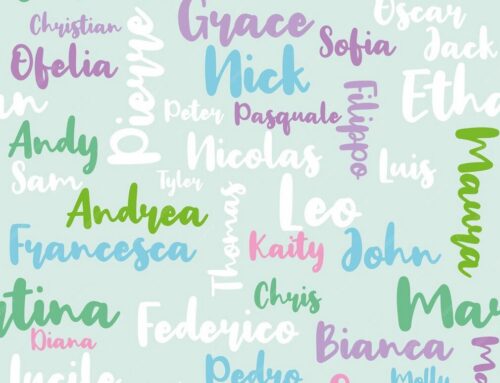


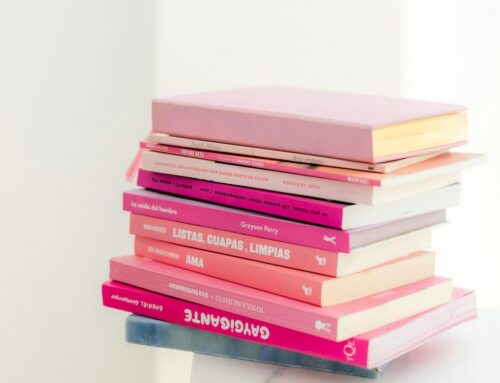

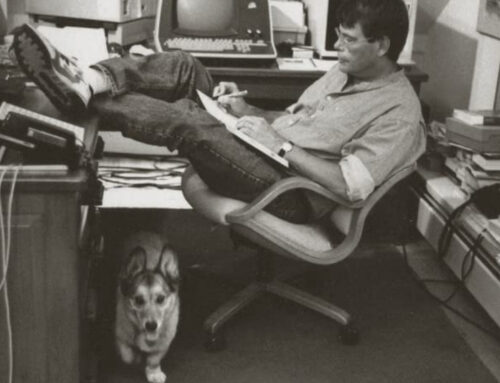


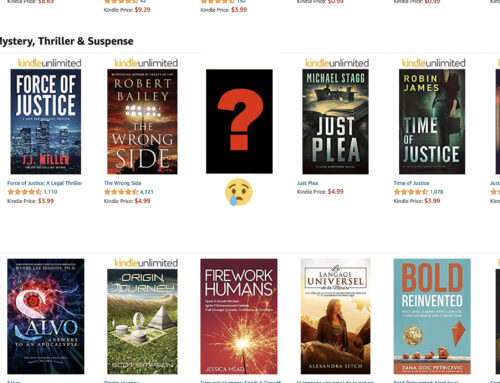
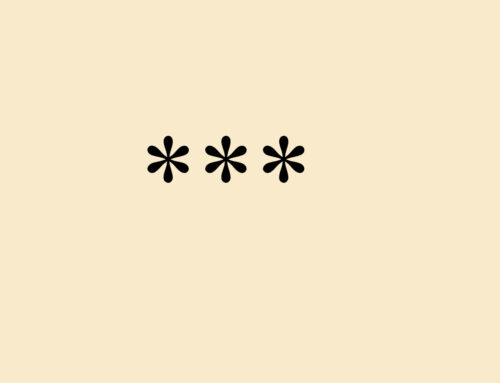





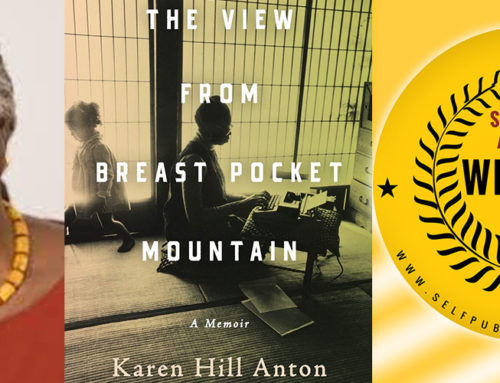
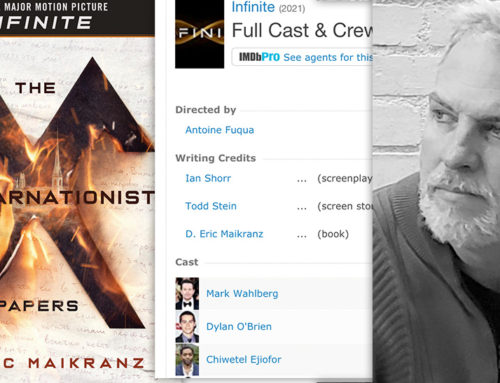
“Finishing the Hat” is one of my favorite songs. In fact, the entire musical examines the life of the artist in such an honest and tender way that I find myself playing the soundtrack again and again. I saw the new production when it was in NYC and was surprised at how emotional I became; I expected to be underwhelmed because of the lack of Mandy and Bernadette. Not so.
It’s really true that, when you are working as an artist, especially when you are working on an extended project, the need for solitude is so extreme that non-artists simply cannot understand. They read it as rejection or avoidance. I’ve gone through exactly what you describe. I’ve left relationships when the men didn’t understand my need for solitude and work.
I work slowly, which makes matters worse, I think. In the last ten years, I’ve worked simultaneously on a collection of inter-related short stories and on a trilogy of novels. At the same time, I wrote three commissioned young adult plays, a dramatic play and roughed out several non-fiction books. That may sound like a lot. But it’s only now that my short story collection, Other Likely Stories and the first of my novels, Piety Street, are in the pipeline for publication. A decade is a long time to be dedicated to a feverish level of work that doesn’t have immediate or enormous consequences.
So, again, to the non-artist, the amount of sacrifice we make and the amount of work we do seems pointless, self-indulgent. They don’t understand the need to finish the hat. They may not even wear hats, let alone look at a representation of one!
thanks so much for taking the time to reply to my article. it is
great to hear that you share/understand the struggle — which for me
is a daily battle. like most things in life, there are trade-offs to
being a writer. the trade-offs are not inconsequential — while, for
me, the need for them is absolutely incomprehensible. (i mean, why
can’t i write on monday when i know that someone is dropping off a
package on tuesday?) but, i accept that in life there are many things
that are incomprehensible and that perhaps we’re not meant to
understand all things all the time. i can live with that.
congratulations on all your hard-earned successes. please do keep me
posted when your work is published. i’d love to read your work.